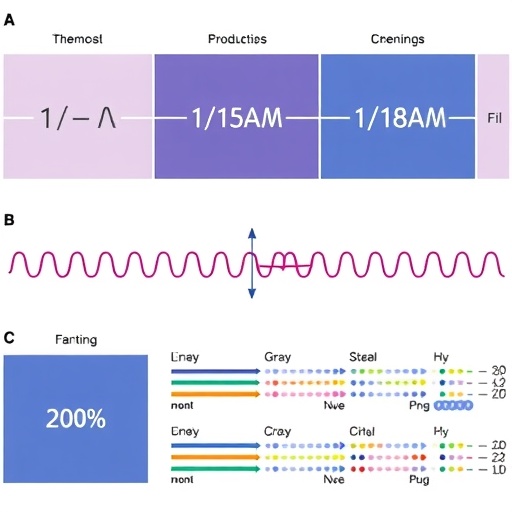New research indicates that whale teeth are still present past mid-gestation, which is somewhat surprising
The humpback whale and a handful of similar whale species have a feeding mechanism utterly unique in the animal kingdom.
They open their mouths to scoop in ocean water, then strain it out through plates called baleen. The baleen looks like hairy bristles on a comb and functions as a sieve, leaving krill, small fish and other food for the whale to swallow.
Scientists previously established that fetal whales develop the very beginnings of teeth. These teeth will never take a single bite; they don’t even erupt from the gums the way they do in human babies. The tiny “germs” are no mystery; they’re remnants of real teeth in the whale’s land-dwelling, evolutionary predecessors–creatures similar to hippos and cows that lived tens of millions of years ago.
San Diego State University graduate student Agnese Lanzetti’s attempt to advance understanding of the remarkable biological transformation in humpbacks (Megaptera novaeangliae) was a two-and-a-half year quest involving her mentor, SDSU biologist Annalisa Berta, and resources in New York, Los Angeles, Austin, Texas and Copenhagen.
Using whale fetuses obtained from museums and a markedly advanced version of CT scanning, and imaging produced in Austin, Texas, Lanzetti developed new insights into germ and baleen development and other anatomical changes in the whale skull during gestation.
“I showed that the teeth are still present way past mid-gestation, which is kind of surprising,” Lanzetti said. “Given the lack of research in general on this topic, it was not clearly understood. Many people thought they would lose them very early since then you have to get baleen.”
New ground
Lanzetti earned undergraduate and masters’ degrees in geology at the University of Pisa in her native Italy. She started a joint doctoral program at SDSU in 2014 with assistance from a Fulbright scholarship, drawn by her interest in paleontology and whales and Berta’s expertise in the subject.
“It’s not an area that there’s a lot of research on,” Lanzetti said. “It unites an important aspect of biology, which is development, and evolution.”
With the slice-by-slice images offered through CT scanning, she established that the tooth germs are present in fetuses as small as seven inches. The subsequent baleen plate development–essential to the whales’ survival in a marine environment–occurs over a relatively short span of time.
Lanzetti found as many as 40 germs per side in each jaw of the humpbacks. They’re less than half a millimeter in size.
According to Berta, Lanzetti’s results “provide solid evidence that helps answer a long time puzzle to scientists–when and how did tooth loss occur and baleen develop in the world’s largest mammals. For the first time scientists now have a better understanding of the development of baleen, important in the evolutionary success of these whales, since it enabled them to filter enormous volumes of water and prey during bulk feeding.”
Lanzetti’s findings, which include other characteristics of the humpback skull, were published this fall in a journal of the American Association of Anatomists. The 3-D models resulting from her work already have been displayed in an exhibit on whale evolution in London.
The process
Hunting of humpbacks is illegal, so obtaining a new specimen for examination was impossible, as was dissection.
Lanzetti began with a fetal whale borrowed from the San Diego Natural History Museum and then obtained additional specimens from museums in Los Angeles, Berkeley and New York. Most of them date back 60 to 80 years. She traveled to Copenhagen for work on a fifth specimen, more than 100 years old and too large to be transported.
Similar research has used traditional CT scans of fetal tissue, the same computer-assisted technology used to look for cancers, by creating cross-sectional images, one slice at a time. But in a 2015 study, the tooth germs were not even visible, possibly due to their small size.
Lanzetti was the first to employ the more advanced protocol of diceCT, described by one user group as “the gold standard of magnetic resonance imaging,” which produced a 3-D visualization as good as dissection.
The whale specimens first were soaked in solutions for up to two weeks, using an iodine stain that turns the sample red on the outside and enhances the contrast in the CT images. Lanzetti found a diceCT facility willing to assist at the University of Texas at Austin.
Evolutionary biology doesn’t attract the same kind of research dollars that go to field work or medical breakthroughs, but Lanzetti received financial support from the American Natural History Museum and the University of California, Riverside, SDSU’s partner in her joint doctoral program.
One question the research doesn’t answer is why the useless germ teeth haven’t vanished after tens of millions of years of evolution. Lanzetti said experts have hypothesized the teeth and baleen originate in the same genetic pathway. Under this view, proteins in the genes that are responsible for the teeth may also be needed for development of the baleen.
###
Media Contact
Cory Marshall
[email protected]
619-594-0279
http://dx.




